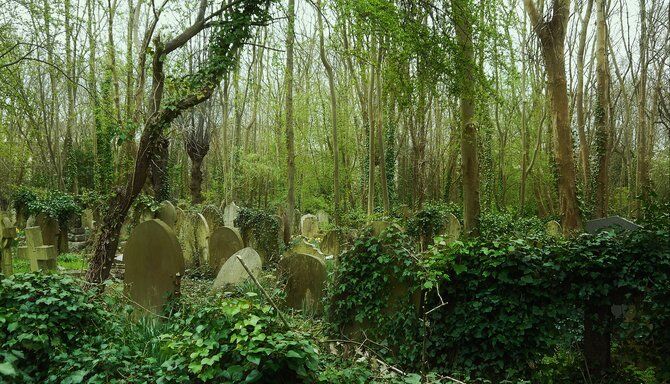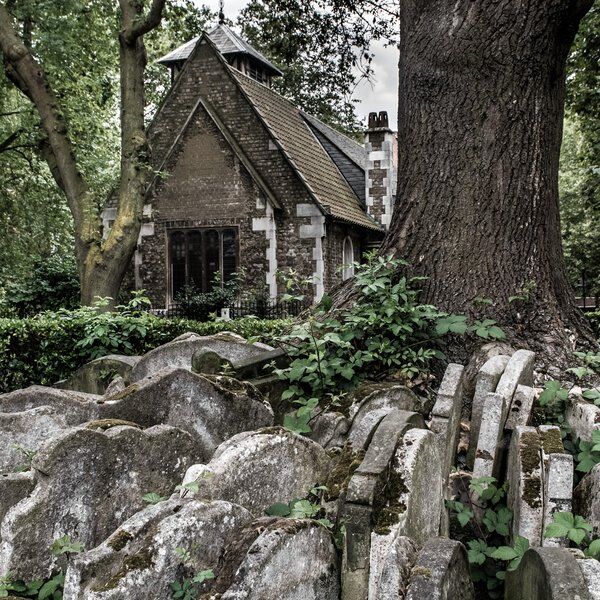In 1970, Highgate Cemetery was rundown, overgrown and undeniably spooky- a place tailor-made for occult happenings.
Dark Magic and Obsession
In February of that year, David Farrant, the owner of a local tobacconist, claimed he had seen something strange. 'A ghost-like figure.'
He grew convinced that satanic rituals had been taking place within Highgate Cemetery's grounds and that an evil entity had been summoned there from another realm.
The more he investigated, the more it consumed him. And he was not alone.
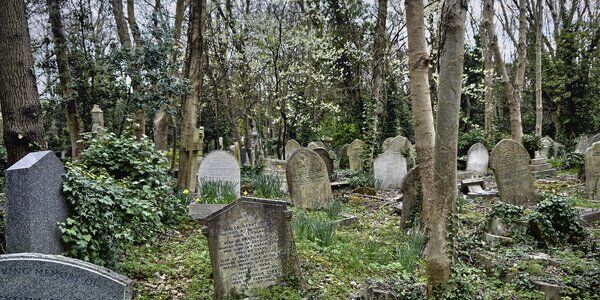
The Highgate Cemetery Vampire
Farrant's claims were attracting attention. Others agreed that something odd was afoot. And no-one agreed more loudly than Sean Manchester, self-proclaimed President of the British Occult Society.
Manchester claimed to have spoken with people who lived in the area: victims of bizarre attacks. Two, he said, had awoken in their bedrooms to the sight of a beast-like man. A third had two unexplained red marks on her neck.
Manchester drew the obvious conclusion: Highgate Cemetery was home to a vampire. And not just any vampire: Dracula.

The Beginnings Of A Feud
Farrant, however, rubbished these claims.
Vampire? He said. Be reasonable. Only fools believe in vampires? What we're dealing with here is a ghostlike evil from another realm. Vampires! I've never heard such nonsense.
A rivalry grew between them, and the media ate it up. ITV arranged a 'witching hour', in which they could prove their claims. On Friday 13th, March, 1970, Farrant and Manchester met up in Highgate Cemetery, both pledging to get to the truth.
They weren't the only ones interested, however.
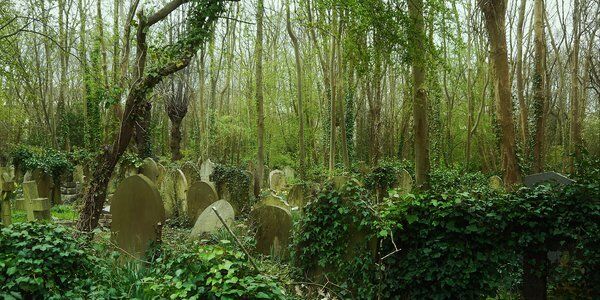
An Iron Stake Plunged Into A Coffin
A rabble of vampire-hunters also gathered outside the cemetery, eager to find out more for themselves. 40 police officers were brought in to maintain order, but they were soon overwhelmed. Armed with crucifixes, stakes, knives and beer bottles, the crowds streamed over the cemetery railings.
Screams tore through the darkness. Left, right and centre, vampire hunters hurled into each other. The cemetery was wrecked, graves were dug up and an iron stake was plunged into a coffin.
But not a ghoul nor a vampire was found.
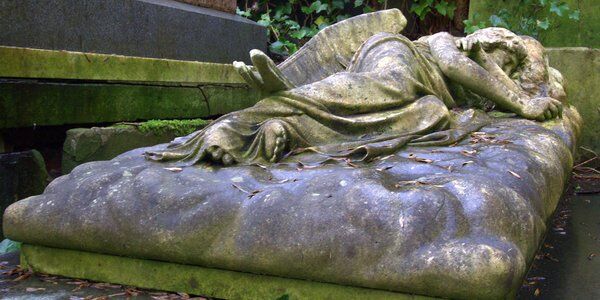
Satanism and Burnt Bodies
Throughout the months that followed, the police regularly patrolled Highgate Cemetery. But they couldn't stop further strangeness from happening.
Graves were dislodged and there were reports of satanism.
In August 1970, a woman's dug-up corpse was found, charred and headless, on the road outside the cemetery.
That same month, the police arrested Farrant for stalking a nearby church yard, a crucifix in one hand, a stake in the other.
Despite this run-in with the law, however, Farrant continued to pursue the Highgate Cemetery ghoul undeterred.

Swords, Sacrifice and Sorcery
His nemesis, Manchester, wrote two books on the Highgate Cemetery Vampire, their feud grew and grew and the two of them decided to settle things once and for all.
In 1973, they agreed to have a series of duels involving 'swords and sorcery'. There is no evidence that these ever happened, however, and many thought the duo more a threat to others than to themselves.
Word got out that they wanted to kill a cat in the presence of naked virgins. Not long after, a local pet cat was found dead.
Farrant was instantly made prime suspect.
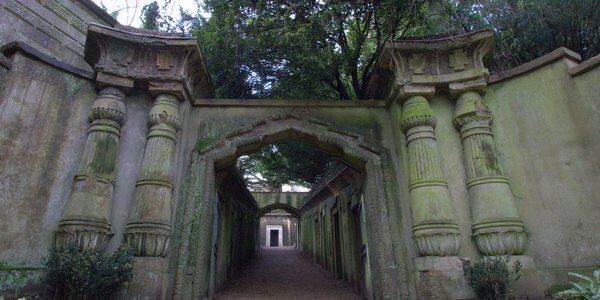
From Graveyard To Jail
In 1974, Farrant was arrested again. He was charged with damaging of local property and disturbing the dead, and went on to serve three years in prison.
Whilst his rival was rotting in jail, Manchester took the initiative. He tracked the vampire down, thrust a stake into its body and then burnt its remains. At least, that's his story.
The truth, however, is harder to discern. There are plenty of old and spooky places in London. Why then did Highgate Cemetery become the focal point of such widespread hysteria?
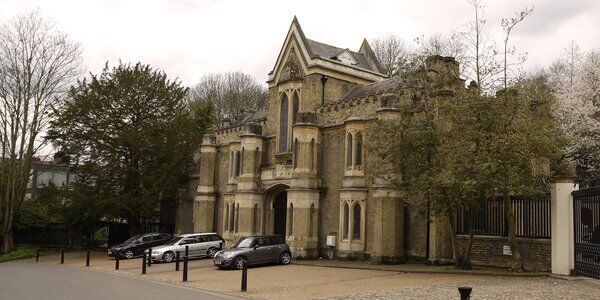
The Origins of Highgate Cemetery
Opened in 1839, Highgate was, along with Kensal Green Cemetery, one of seven 'magnificient garden cemeteries' to be built in London at the time. It's tombs and structures are of a spooky Victorian gothic style. What really gave the place an air of the occult, however, was what happened to it over a century later.
After WW2, it was left unattended for quite some time. Roots and weeds crept between weathered, old gravestones, giving them a haunted look. Still, this hardly explains the strange events of the early 70s.

An Occult Explosion
The truth is, Highgate Cemetery wasn't the only place that underwent a Satanic panic. In 1951, witchcraft was decriminalised in the UK. As a result, the practice crept slowly out of the shadows and into public view.
Ordinary people across the country grew either scared or curious. By the 60s, youth culture was becoming more and more subversive. Adolescents were experimenting with drugs, sexual liberation and witchcraft.
And their conservative parents were terrified.
There is little doubt that this cultural shift- along with the media coverage it generated- played a huge role in the craziness which converged around Highgate Cemetery in the early 70s.
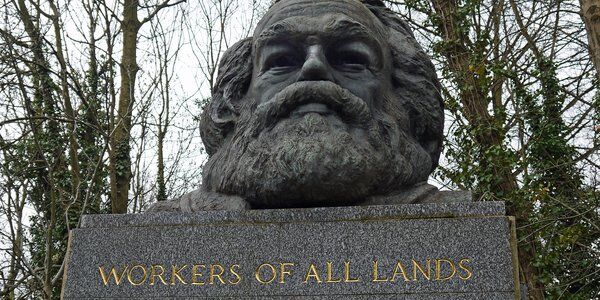
One More Thing...
Highgate Cemetery has other famous residents beyond just Count Dracula. Karl Marx's tomb can also be found there, along with that of Douglas Adams, author of The Hitchhiker's Guide To The Galaxy, and Adam Worth, a famous criminal who some think may have been the inspiration behind Sherlock Holmes' Professor Moriarty.
Interested in finding more places like this? Try one of our Scavenger Hunts in London - untangle cryptic clues as a team, as you are taken on a journey around the most unique, unusual and bizarre corners of London.
Read more about Victorian cemeteries around the world in our article on Sydney's Gore Hill Cemetery.
Or discover more strange and fascinating gardens in London in our posts on Barbican Conservatory, Mount Street Gardens, Brown Hart Gardens and Chelsea Physic Garden.
